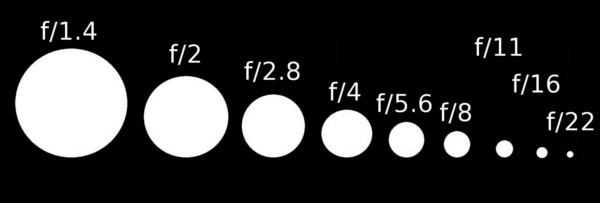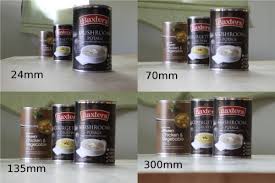Depth of Field refers to the acceptable zone of focus within a photograph or film. There will usually be a certain area in front or behind the subject that will look like it is out of focus.
Understanding how to control Depth of Field can turn a very ordinary photograph into a dynamic one. It can be used to create a certain aesthetic or even add a narrative to a shot.
This photo has a deep Depth of Field:

Deep Depth of Field
This photo has a shallow Depth of Field:

Shallow Depth of Field
Two of the factors that control Depth of Field are Aperture and the focal length of the lens on the camera.
Aperture

The f/stop
Aperture relates to how much light is let into the camera to reach the sensor. The lower the number of the aperture, the more light is let in. The higher the number of the aperture, the less light is let in. For example, f/1.4 lets in more light the f/22.
The higher the number of the aperture, the less Depth of Field. The lower the number of aperture, the greater the Depth of Field.
Focal length of the lens

Depth of Field with difference lenses
The focal length of a lens will also effect the Depth of Field.
A smaller focal length, like 12mm, will have a greater angle of view and a bigger Depth of Field.
A longer focal length, like 300mm, will have a narrower angle of view and a smaller Depth of Field.
